Home>Storage Ideas>Kitchen Storage>Can A Kitchen Floor Be Different From The Rest Of The House?
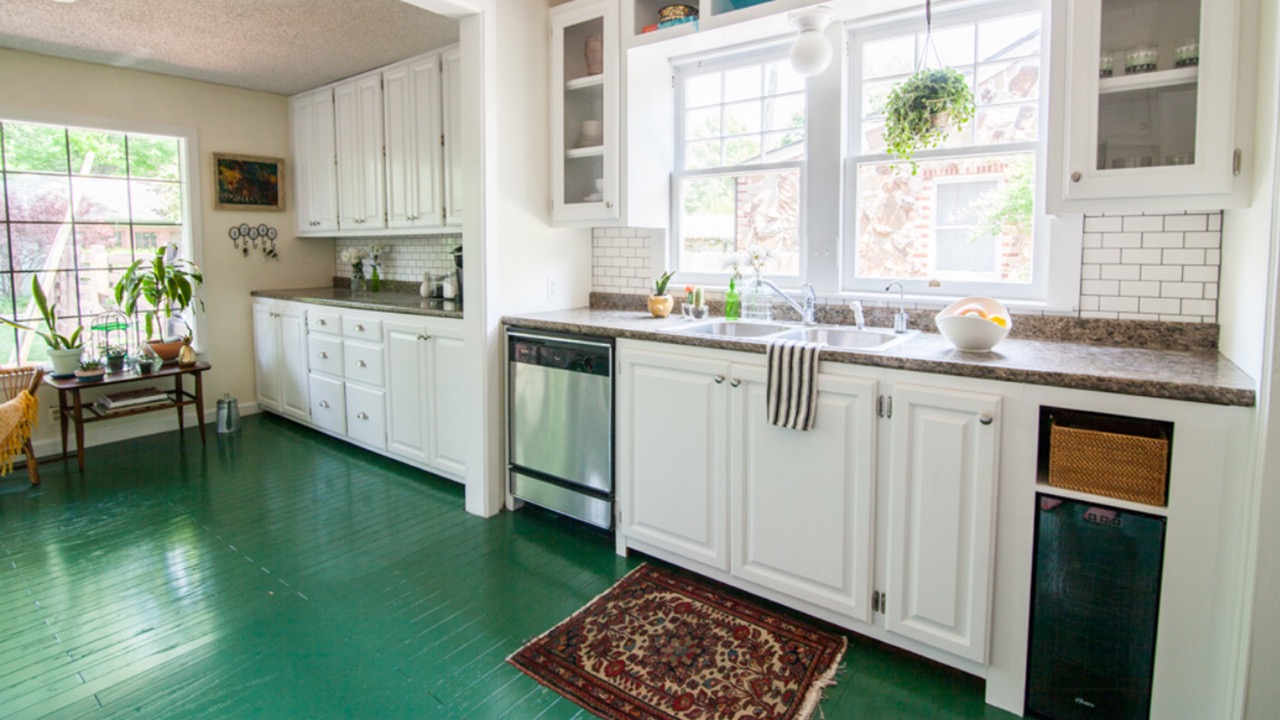

Kitchen Storage
Can A Kitchen Floor Be Different From The Rest Of The House?
Modified: January 7, 2024
Upgrade your kitchen with unique storage ideas that set your kitchen floor apart from the rest of your house. Discover amazing kitchen storage ideas to maximize space and organize efficiently.
(Many of the links in this article redirect to a specific reviewed product. Your purchase of these products through affiliate links helps to generate commission for Storables.com, at no extra cost. Learn more)
Introduction
When it comes to designing a home, one area that often receives a lot of attention is the kitchen. From choosing the perfect countertops to selecting the right appliances, homeowners put a lot of thought and effort into creating their ideal cooking and dining space. However, one aspect of kitchen design that is sometimes overlooked is the choice of flooring.
Traditionally, kitchens have been designed with the same flooring material as the rest of the house. But nowadays, many homeowners are opting for a different floor in their kitchen area. This not only adds visual interest but also serves practical purposes. In this article, we will explore the idea of having a different kitchen floor and discuss the reasons behind this trend, factors to consider when choosing a kitchen floor, popular kitchen floor options, the pros and cons of having a different kitchen floor, installation and maintenance considerations, and how to blend the kitchen floor with the rest of the house.
So if you’re curious about whether a kitchen floor can be different from the rest of the house, read on to discover the possibilities and insights that can help transform your kitchen into a unique and functional space.
Key Takeaways:
- Opting for a different kitchen floor can enhance both functionality and visual appeal, allowing homeowners to prioritize durability, ease of maintenance, and personal style in a heavily trafficked area of the house.
- When choosing a kitchen floor, consider factors such as durability, water resistance, maintenance requirements, comfort, style, and budget. Popular options include tile, hardwood, vinyl, laminate, cork, and concrete, each with its own set of benefits and considerations.
Read more: How Much Weight Can A House Floor Hold
Reasons for having a different kitchen floor
There are several reasons why homeowners may choose to have a different floor in their kitchen compared to the rest of the house:
- Functionality: The kitchen is one of the most heavily trafficked areas in a home. It is a space where spills, stains, and heavy foot traffic are common occurrences. By choosing a different flooring material for the kitchen, such as hardwood, tile, or vinyl, homeowners can ensure that their kitchen floor is more durable and resistant to wear and tear.
- Aesthetic appeal: Having a different kitchen floor can create a distinct, visually appealing look. It allows homeowners to showcase their personal style and design preferences, making the kitchen a standout feature of the house. Whether it’s a bold patterned tile, a sleek and modern concrete floor, or a warm and inviting hardwood, a unique kitchen floor can elevate the overall aesthetic of the space.
- Zoning: In open floor plan designs, where the kitchen seamlessly flows into the living or dining area, having a different flooring material can help define distinct zones within the space. This differentiation can visually separate the kitchen area and create a sense of purpose and functionality.
- Noise reduction: Certain flooring materials, such as cork or rubber, are known for their sound-absorbing qualities. By choosing a different floor in the kitchen, homeowners can enjoy a quieter and more peaceful environment, especially if the kitchen is adjacent to bedrooms or other quiet spaces in the house.
- Cleanup and maintenance: Different flooring materials have different maintenance requirements. By opting for a separate kitchen floor, homeowners can select a material that is easier to clean and maintain specifically for the kitchen area. For example, tile or laminate flooring can be more stain-resistant and easier to wipe clean compared to carpet or hardwood.
These reasons make a compelling case for having a different kitchen floor. It not only offers practical benefits but also serves as an opportunity to infuse your personal style and create a visually cohesive space that complements the overall design of your home.
Factors to consider when choosing a kitchen floor
Choosing the right flooring material for your kitchen is crucial, as it needs to withstand heavy foot traffic, spills, and frequent cleaning. Here are some important factors to consider when making your decision:
- Durability: Since the kitchen is a high-traffic area, durability should be a top priority. Look for flooring materials that can withstand regular use, resist wear and tear, and are resistant to scratches and stains. Materials like porcelain tile, vinyl, and hardwood are known for their durability and longevity.
- Water resistance: Kitchens are prone to spills and moisture, so it’s essential to choose a flooring material that can handle these conditions. Avoid materials like hardwood or carpet that can be easily damaged by water. Instead, consider options like ceramic or porcelain tile, luxury vinyl, or waterproof laminate, which are more resistant to moisture.
- Maintenance: Consider the level of maintenance required for different flooring materials. Some materials, like hardwood or natural stone, require regular sealing and periodic refinishing. Others, like vinyl or laminate, are relatively low maintenance and easy to clean. Think about how much time and effort you’re willing to invest in maintaining your kitchen floor.
- Comfort: Standing for long periods in the kitchen can be strenuous on the legs and back. Look for flooring materials that offer some cushioning and comfort underfoot, such as cork or rubber. Alternatively, consider using anti-fatigue mats in areas where you spend the most time working.
- Style: Your kitchen floor should harmonize with the overall design and style of your home. Consider the existing color scheme, cabinetry, and countertops when selecting the flooring material. Whether you prefer a sleek, modern look or a warm, rustic feel, choose a flooring material that complements the aesthetic of your kitchen.
- Budget: Flooring materials vary greatly in terms of cost. Set a budget for your kitchen flooring project and explore options within your price range. Consider the long-term value and durability of different materials to make an informed decision.
By considering these factors, you can narrow down your options and choose a kitchen floor that meets your needs in terms of durability, maintenance, style, and budget.
Popular kitchen floor options
When it comes to choosing a kitchen floor, there are various options available, each with its own unique characteristics and benefits. Here are some popular kitchen floor options to consider:
- Tile: Tile flooring is a timeless and versatile option for kitchens. It comes in a variety of materials, including ceramic, porcelain, and natural stone. Tiles are durable, water-resistant, and easy to clean. They are available in various sizes, shapes, and patterns, allowing you to create a customized and stylish look.
- Hardwood: Hardwood flooring adds warmth, beauty, and natural appeal to any kitchen. It provides a classic and timeless look that can complement a wide range of design styles. While hardwood requires regular maintenance and is more susceptible to water damage, it can be a stunning choice when properly sealed and maintained.
- Vinyl: Vinyl flooring has come a long way in terms of style and durability. It offers a wide range of designs, including wood, tile, and stone patterns. Vinyl is affordable, easy to clean, and resistant to water and scratches, making it a practical choice for kitchens that experience heavy use.
- Laminate: Laminate flooring resembles hardwood or tile but is more budget-friendly. It is made with a high-density fiberboard (HDF) core topped with a layer that mimics the appearance of natural materials. Laminate is resistant to stains, scratches, and fading, making it an excellent choice for kitchens.
- Cork: Cork flooring is known for its eco-friendly properties and comfortable underfoot. It has a unique texture and is naturally resistant to mold, mildew, and allergens. Cork offers good insulation and noise reduction properties, making it a popular choice for kitchens.
- Concrete: Concrete floors have gained popularity for their durability, versatility, and modern aesthetic. They can be customized with different finishes, stains, and textures to create a one-of-a-kind look. Concrete is easy to clean and maintain, making it a great choice for busy kitchens.
These are just a few examples of popular kitchen flooring options. It’s essential to explore the different materials, weigh their pros and cons, and consider your specific requirements and preferences before making a decision.
Yes, a kitchen floor can be different from the rest of the house. It’s common to use materials like tile or vinyl in the kitchen for easy cleaning, while using hardwood or carpet in other areas for a cozier feel. Just make sure the transition is seamless.
Pros and cons of a different kitchen floor
Having a different kitchen floor can offer various advantages, but it also comes with a few drawbacks. Let’s explore the pros and cons of opting for a different kitchen floor:
Pros:
- Visual appeal: A different kitchen floor can add visual interest and create a unique focal point in your home. It allows you to showcase your personal style and create a cohesive design scheme.
- Functionality: Choosing a different flooring material for the kitchen can offer practical benefits. You can opt for a more durable and water-resistant material that can withstand spills, stains, and heavy foot traffic.
- Zoning: A distinct kitchen floor can help define separate zones in an open floor plan. It visually separates the kitchen area from the rest of the living space, creating a sense of organization and functionality.
- Easy maintenance: Having a separate kitchen floor allows you to choose a material that is easier to clean and maintain specifically for the kitchen area. This can save you time and effort in the long run.
- Personalization: By selecting a different kitchen floor, you have the opportunity to personalize the space and make it truly your own. You can choose a flooring material and design that aligns with your unique taste and style.
Cons:
- Cost: Having a different kitchen floor may involve additional expenses compared to using the same flooring throughout the house. You will need to factor in the cost of purchasing and installing a separate flooring material.
- Transition challenges: Transitioning from one flooring material to another can pose challenges, especially if the two materials have different heights or require specialized installation techniques. Proper planning and execution are necessary to ensure a seamless and visually appealing transition.
- Design cohesion: While a different kitchen floor can add visual interest, it’s important to ensure that it still complements the overall design of the house. The flooring should blend harmoniously with the adjacent rooms, maintaining a sense of cohesion and flow.
- Limitations: Depending on the flooring material you choose for the kitchen, there may be certain limitations in terms of color options, finishes, or patterns. It’s crucial to consider these limitations and ensure that the chosen flooring material aligns with your design vision.
Considering these pros and cons can help you make an informed decision about whether having a different kitchen floor is the right choice for your home. It’s important to weigh the benefits and drawbacks in relation to your specific needs, budget, and design goals.
Read more: How To Keep Trash Can From Sliding On Floor
Installation and maintenance considerations
When it comes to installing a different kitchen floor, there are a few key considerations to keep in mind. Additionally, it’s important to understand the maintenance requirements associated with different flooring materials. Let’s explore these installation and maintenance considerations:
Installation:
- Professional installation: Depending on the type of flooring material you choose, professional installation may be necessary. Certain materials, such as tile or hardwood, require specialized skills and tools to ensure a proper and durable installation. Hiring a professional installer can help ensure the job is done correctly.
- Transition planning: If you are transitioning from one flooring material to another, careful planning is essential. Consider the height differences between the two materials and invest in transition strips or thresholds to create a seamless and safe transition between rooms.
- Subfloor preparation: Before installing any flooring material, it’s important to prepare the subfloor properly. This may involve removing old flooring, ensuring the subfloor is level and free from moisture, and applying any necessary underlayment or adhesive.
- Acclimation period: Some flooring materials, such as hardwood, need to acclimate to the temperature and humidity conditions of the space before installation. Follow the manufacturer’s instructions regarding the recommended acclimation period to prevent issues with warping or cracking.
Maintenance:
- Cleaning: Regular cleaning is essential for keeping your kitchen floor looking its best. Different flooring materials require different cleaning methods, so be sure to follow the manufacturer’s recommendations. Avoid using harsh chemicals or abrasive cleaners that can damage the floor’s finish.
- Prevention: Taking preventive measures can prolong the lifespan of your kitchen floor. Use mats or rugs in high-traffic areas to trap dirt and prevent scratches. Wipe up spills promptly to prevent staining or water damage, especially for more porous materials like hardwood or natural stone.
- Sealing and refinishing: Some flooring materials, like stone or hardwood, may require periodic sealing or refinishing to maintain their appearance and provide protection. Follow the manufacturer’s guidelines and schedule professional maintenance as needed.
- Repair: If your kitchen floor sustains any damage, such as scratches or chips, it’s important to address the issue promptly. Consult with a professional or follow the manufacturer’s recommendations to repair or replace damaged sections of the floor.
Proper installation and regular maintenance are essential for ensuring the longevity and beauty of your kitchen floor. By following the recommended guidelines and caring for your flooring material, you can enjoy a functional and attractive kitchen space for years to come.
Blending the kitchen floor with the rest of the house
While having a different kitchen floor can create an eye-catching design element, it’s also important to ensure that it blends harmoniously with the rest of the house. Achieving a seamless transition between the kitchen and other areas of the home is key. Here are some tips to help you blend the kitchen floor with the rest of the house:
- Color coordination: Choose a flooring material for the kitchen that complements the colors and tones used in the adjacent rooms. This will create a cohesive flow and prevent any jarring visual contrasts.
- Consider adjoining spaces: Take into account the flooring materials used in the rooms adjacent to the kitchen. If possible, choose a kitchen floor that coordinates or complements these materials. This can create a sense of continuity and unity throughout the house.
- Transition techniques: Use transition strips or thresholds to create a smooth and visually appealing transition between flooring materials. These can help to define the different spaces while maintaining a cohesive look.
- Pattern and texture: If you want to add visual interest to your kitchen floor, consider incorporating patterns or textures that are reminiscent of flooring materials used in other areas of the house. This can create a subtle connection and tie the spaces together.
- Opt for a neutral base: If you anticipate changing the flooring materials in other areas of the house in the future, consider choosing a neutral kitchen floor. This will make it easier to coordinate and update the flooring in other rooms without creating a disjointed appearance.
- Continuity in flooring direction: If possible, try to maintain the same direction of floor installation from one room to another. This simple technique can create a sense of flow and visually connect the spaces.
- Consistent design elements: Incorporate consistent design elements throughout the house, such as similar cabinetry finishes, countertop materials, or hardware. This can help tie the kitchen to the rest of the house and create a unified design scheme.
By considering these tips and being mindful of design cohesion, you can successfully blend the kitchen floor with the rest of the house. Remember, it’s all about creating a seamless transition and maintaining a visually pleasing connection between the different spaces in your home.
Conclusion
Choosing a different kitchen floor from the rest of the house is a design choice that can bring both practicality and visual appeal to your home. By considering the reasons for having a different kitchen floor, factors to consider when choosing a kitchen floor, popular kitchen floor options, the pros and cons of having a different kitchen floor, installation and maintenance considerations, and strategies for blending the kitchen floor with the rest of the house, you can make an informed decision that suits your unique needs and style.
Having a different kitchen floor allows you to prioritize functionality, durability, and ease of maintenance in a heavily trafficked and often messy area of the house. It also adds a layer of design creativity, enabling you to personalize your kitchen and make it a standout feature of your home.
When choosing a kitchen floor, consider factors such as durability, water resistance, maintenance requirements, comfort, style, and budget. Popular kitchen floor options include tile, hardwood, vinyl, laminate, cork, and concrete, each with its own set of benefits and considerations.
While there are advantages to having a different kitchen floor, it’s important to be aware of potential drawbacks, such as additional costs, transition challenges, maintaining design cohesion, and potential limitations in design options.
During installation, professional expertise may be needed, especially for materials like tile or hardwood. It’s crucial to properly prepare the subfloor, ensure proper acclimation, and plan for a seamless transition between flooring materials. Regular maintenance, such as proper cleaning, prevention measures, and addressing repairs promptly, will help your kitchen floor remain in top condition for the long term.
To blend the kitchen floor with the rest of the house, consider elements such as color coordination, coordinating with adjoining spaces, using transition techniques, incorporating patterns or textures, maintaining a neutral base, ensuring continuity in flooring direction, and incorporating consistent design elements.
In conclusion, choosing a different kitchen floor can elevate the functionality, aesthetic appeal, and overall design of your home. With careful consideration of your needs, preferences, and the various factors involved, you can create a kitchen space that is not only visually stunning but also functional and durable.
Frequently Asked Questions about Can A Kitchen Floor Be Different From The Rest Of The House?
Was this page helpful?
At Storables.com, we guarantee accurate and reliable information. Our content, validated by Expert Board Contributors, is crafted following stringent Editorial Policies. We're committed to providing you with well-researched, expert-backed insights for all your informational needs.
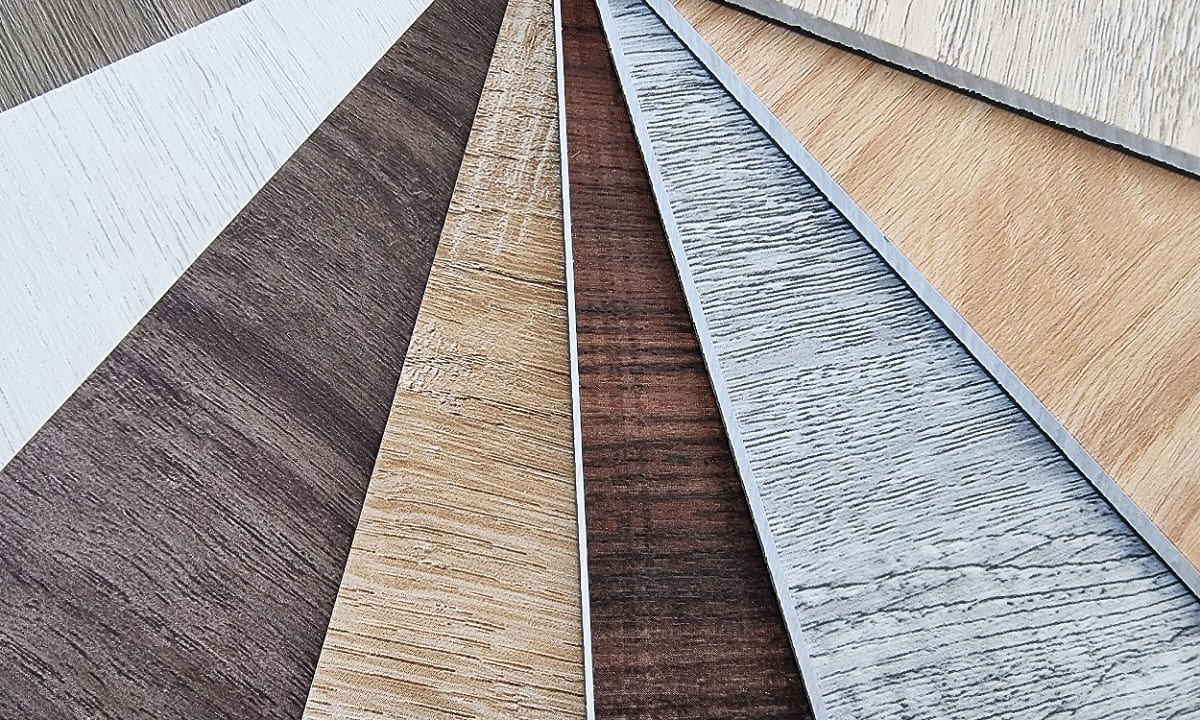

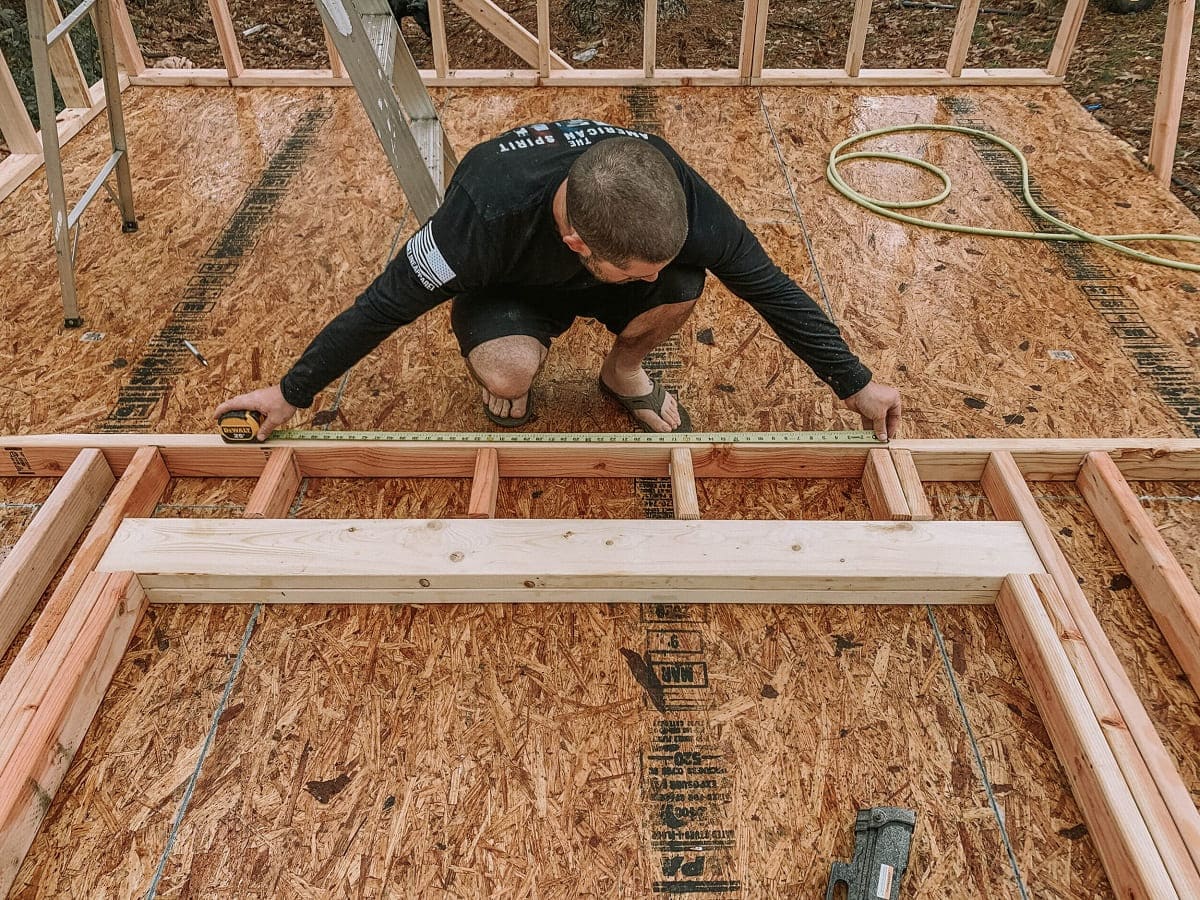

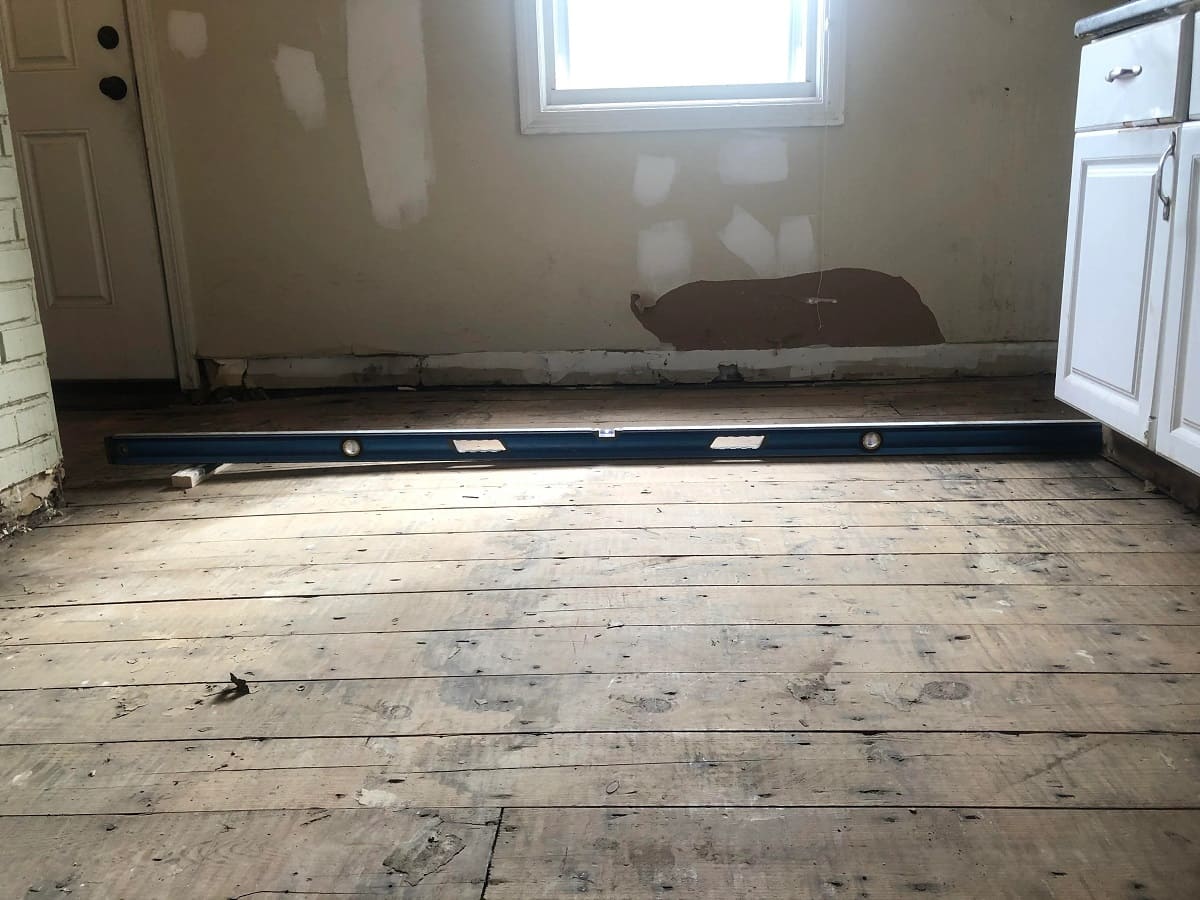

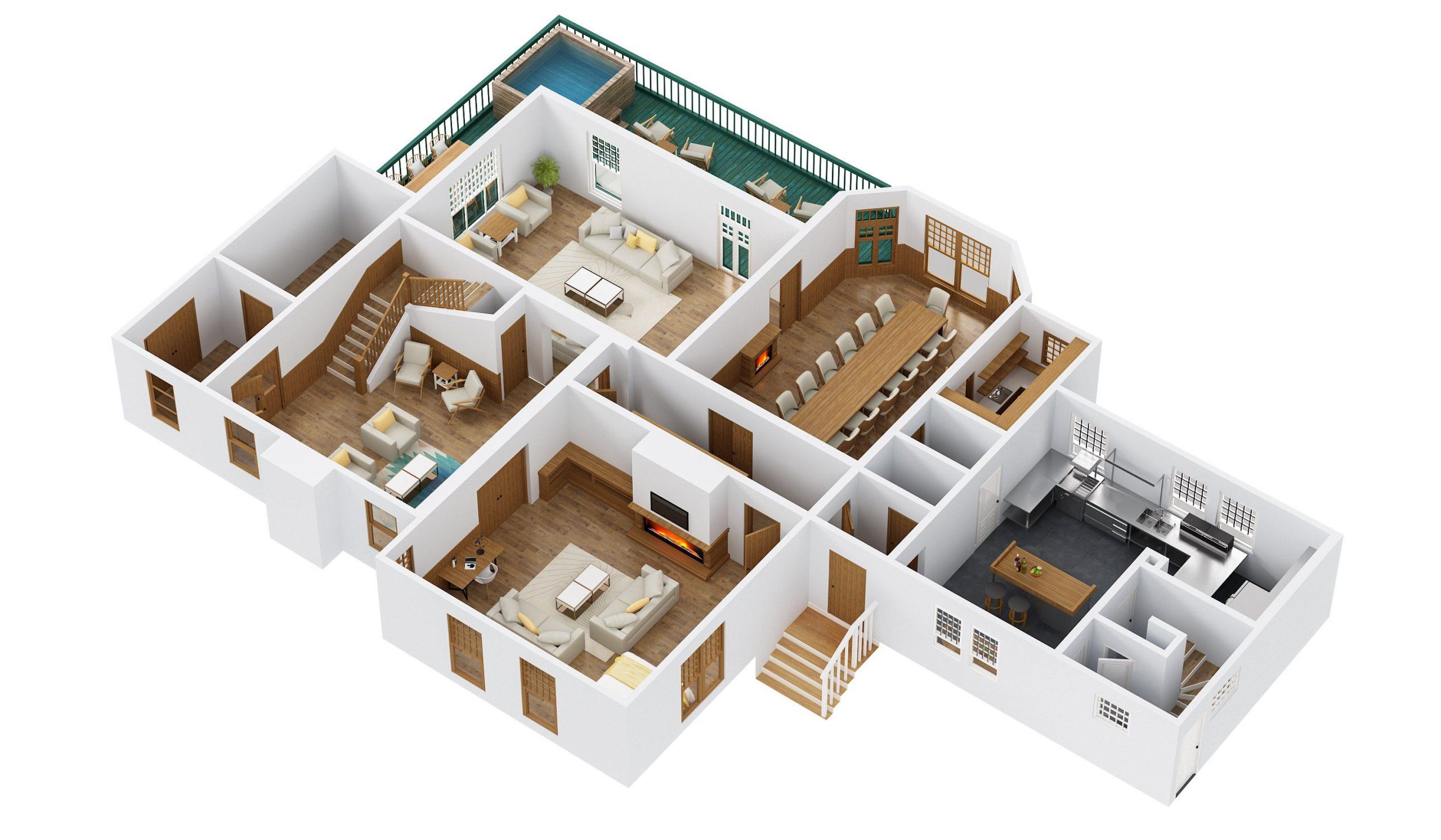
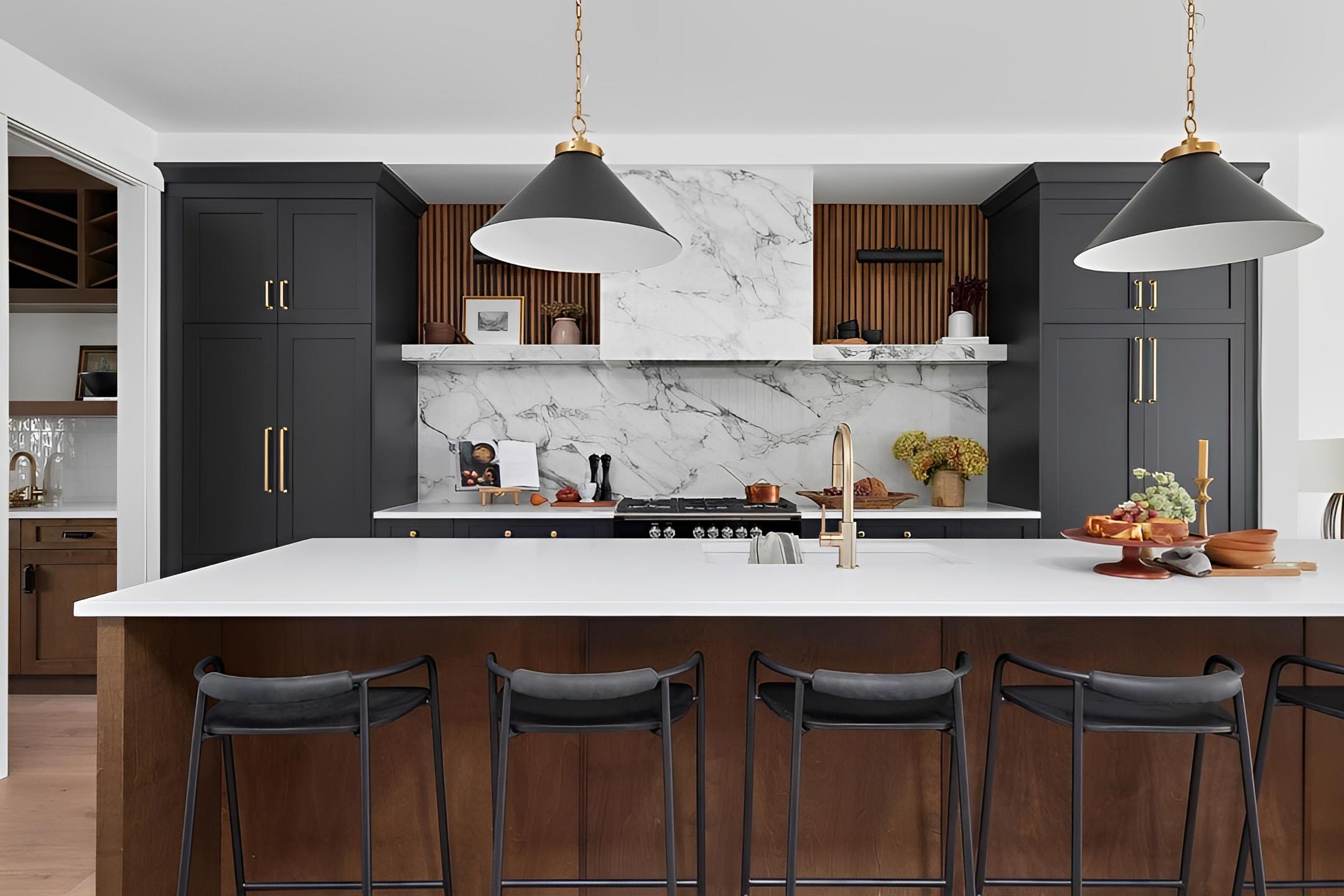
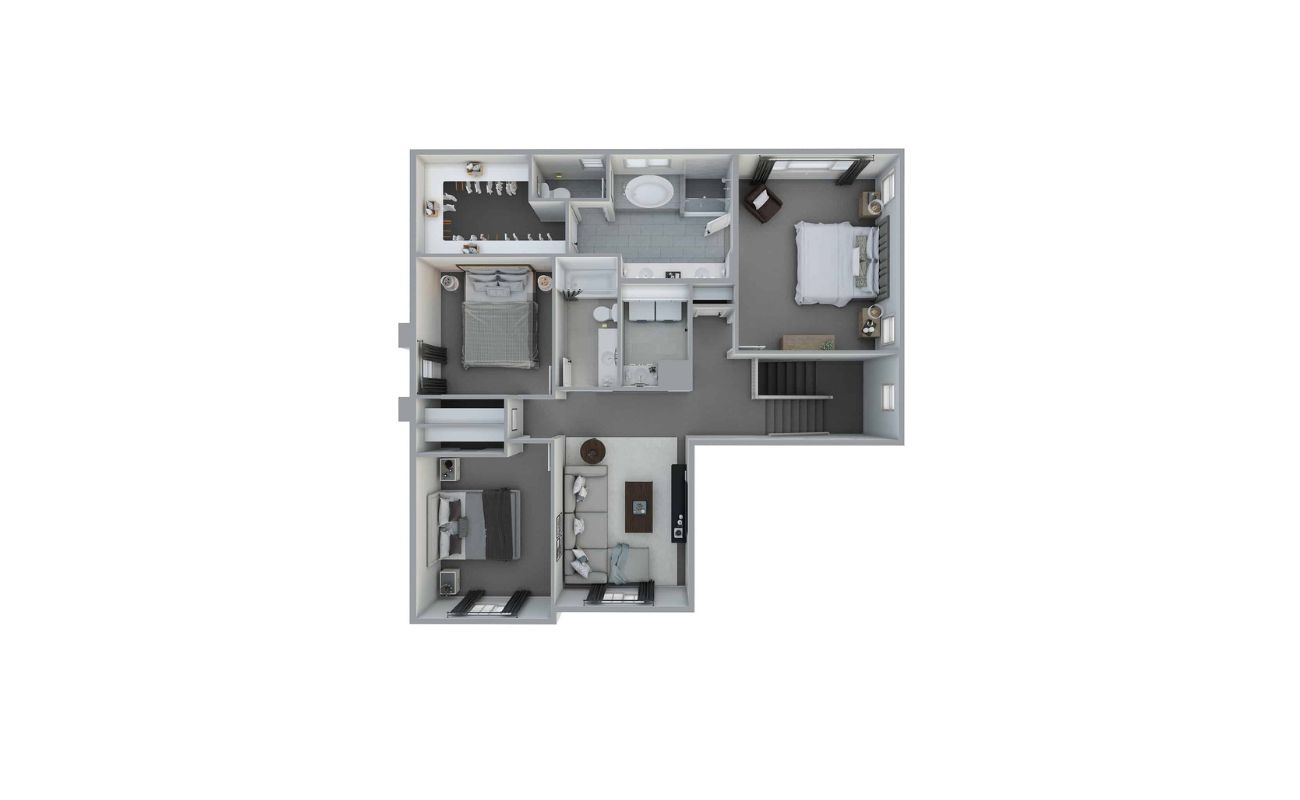
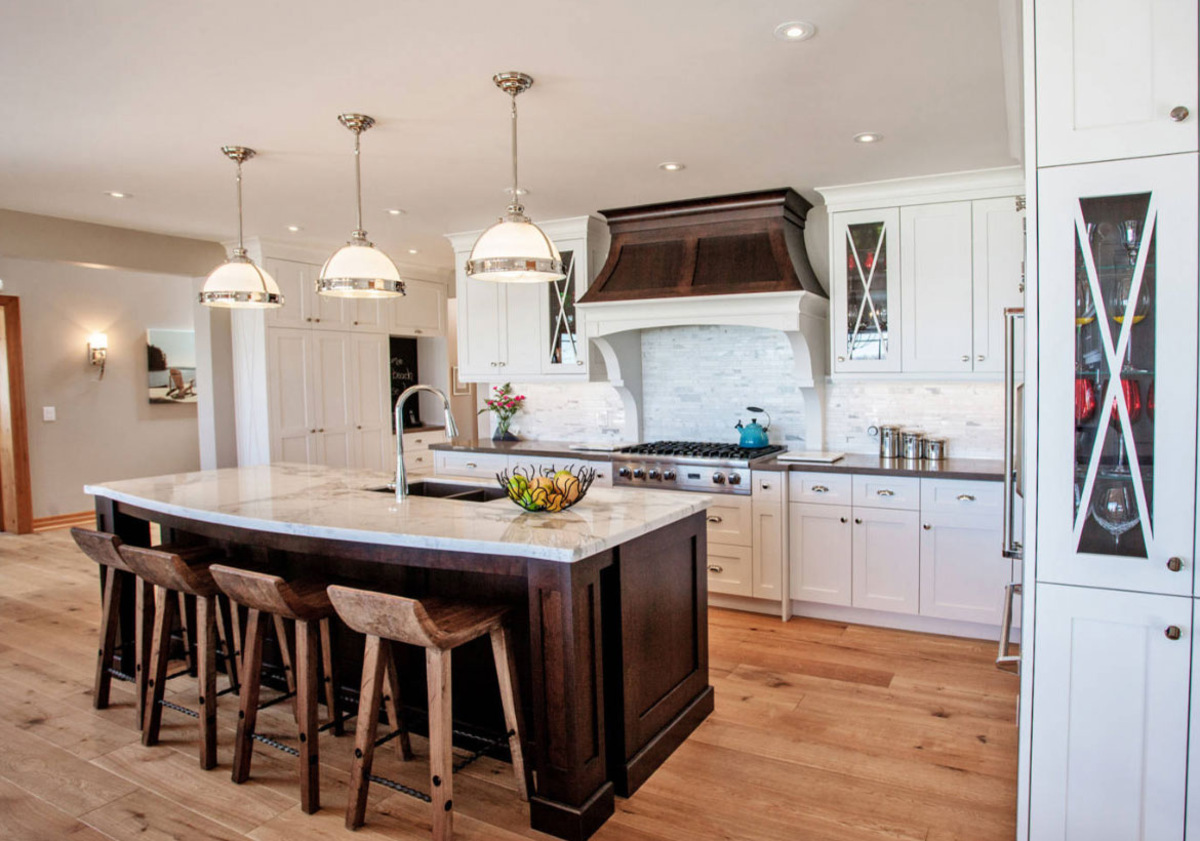


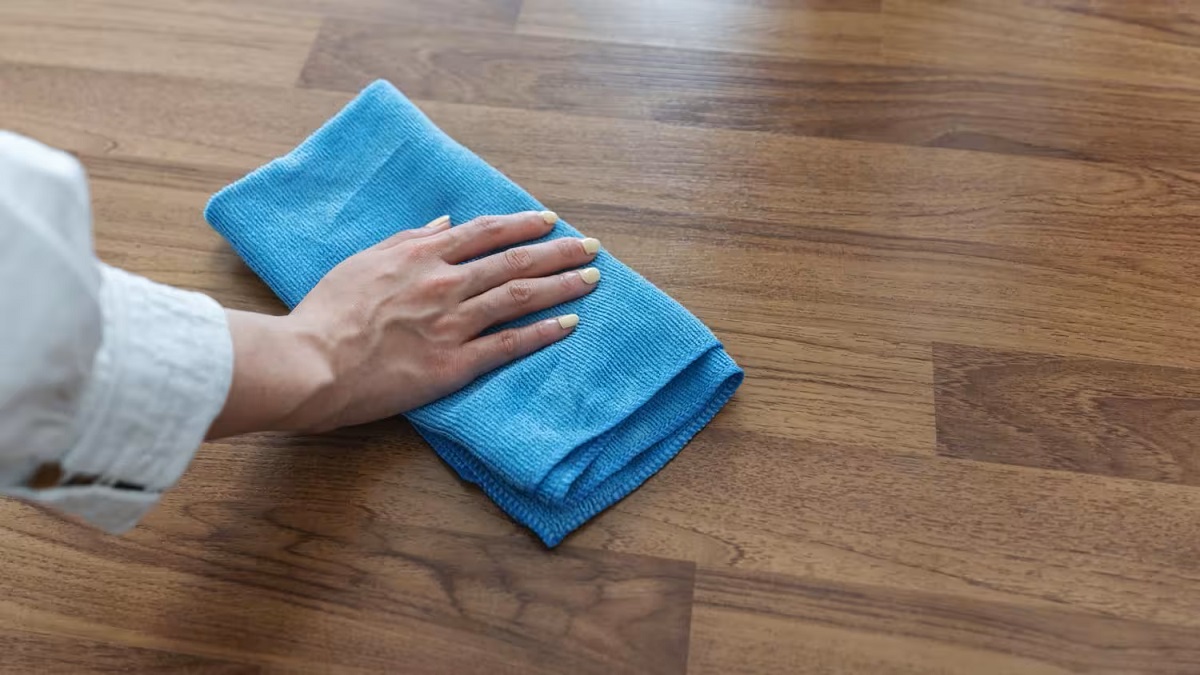
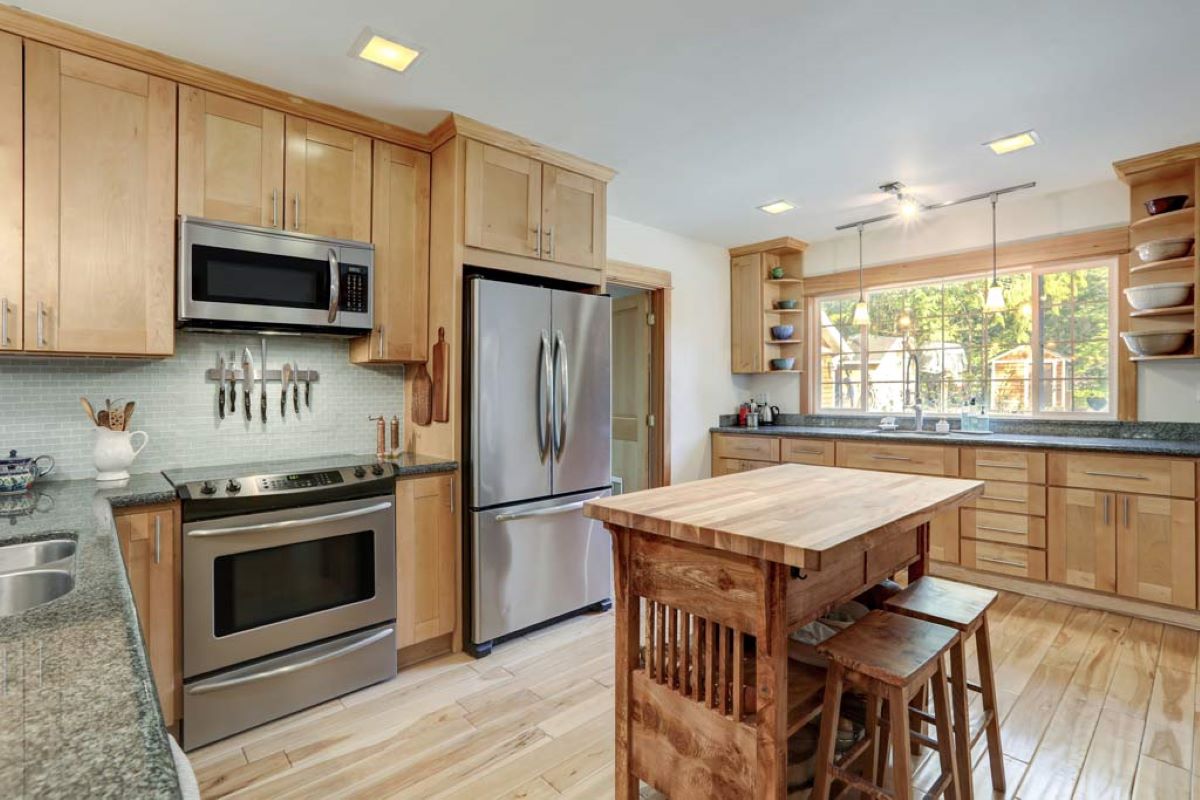

0 thoughts on “Can A Kitchen Floor Be Different From The Rest Of The House?”